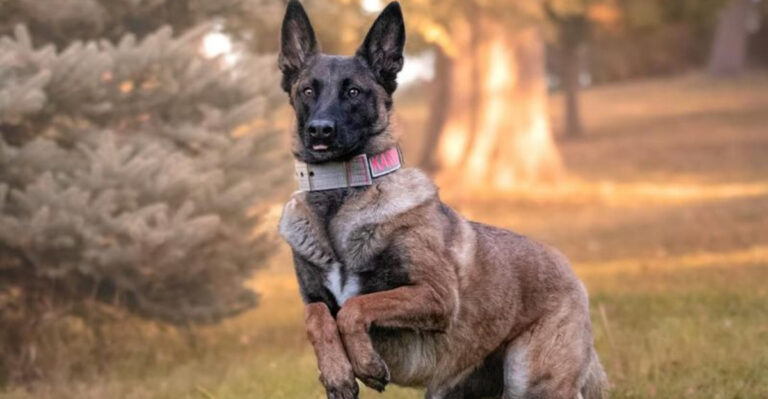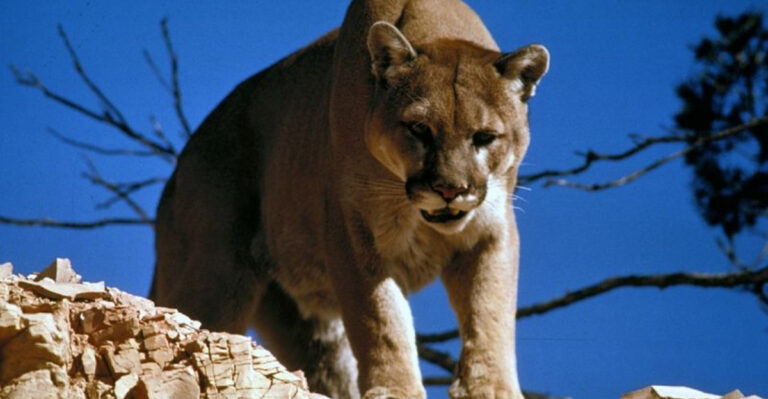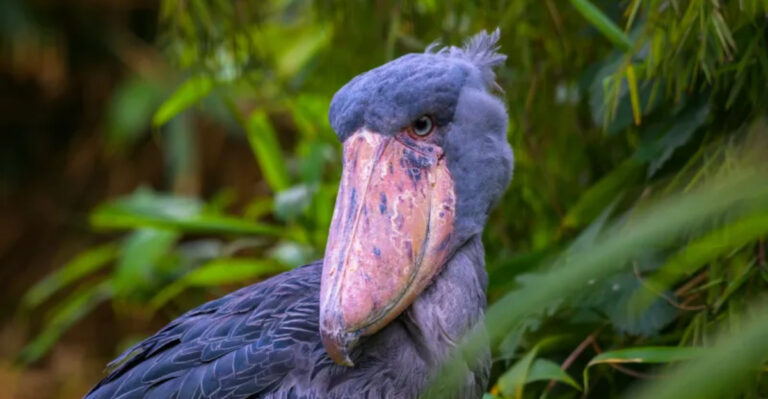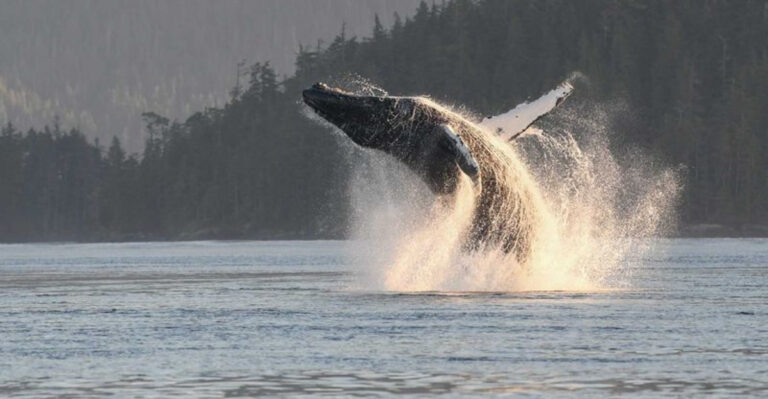The Fascinating World Of Hibernation
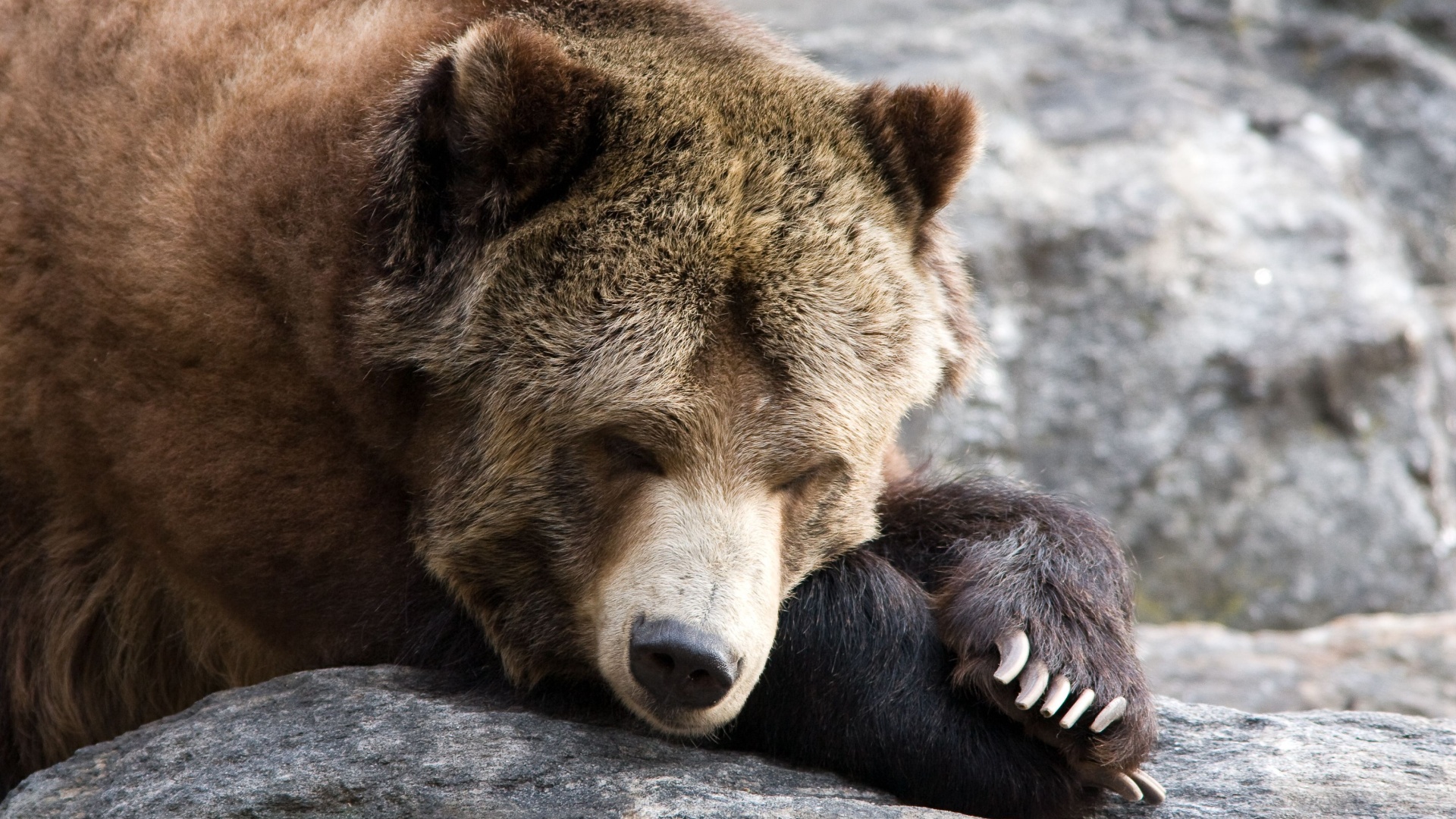
When winter whispers its frosty secrets, animals across the globe prepare for a magical journey into the world of hibernation.
This natural wonder allows creatures to survive the harshest of winters by slowing down their metabolism, conserving energy, and waiting out the cold months in the coziest of slumbers. Hibernation is not a simple nap, but a complex survival strategy honed over millions of years of evolution.
Let’s explore the fascinating reasons why animals choose this unique way of life, uncovering the mysteries and marvels of their seasonal retreat.
1. What Exactly Is Hibernation?
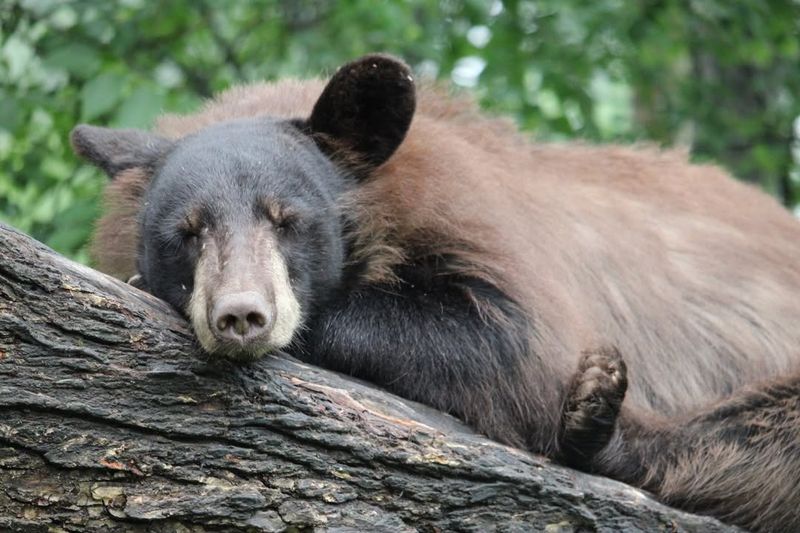
Hibernation is nature’s sleeping bag, a state of reduced metabolic activity that allows animals to survive without food for extended periods. This isn’t merely beauty sleep; it’s a life-saver.
During hibernation, body temperature drops significantly, and heart rate slows, creating an energy-efficient state that can last weeks or even months.
As the animal snoozes away, it relies on stored body fat for nourishment.
2. Which Animals Hibernate?
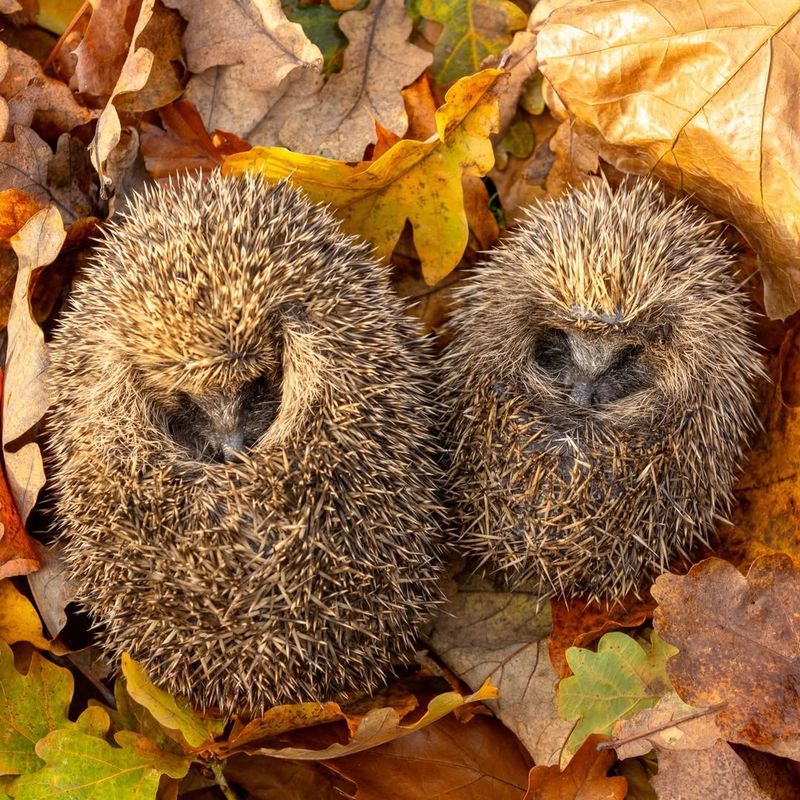
From the mighty bear to the tiny bat, a wide variety of animals hibernate. This practice is common in mammals and some amphibians and reptiles.
Each species has its unique hibernation habitat, whether it’s a cave, burrow, or nest.
Bears might be the poster children for hibernation, but they’re not alone. Hedgehogs, skunks, and some snake species also take long winter naps.
These animals have adapted to hibernate as a survival mechanism, helping them endure cold, food-scarce months.
3. Do They Really Sleep The Whole Time?
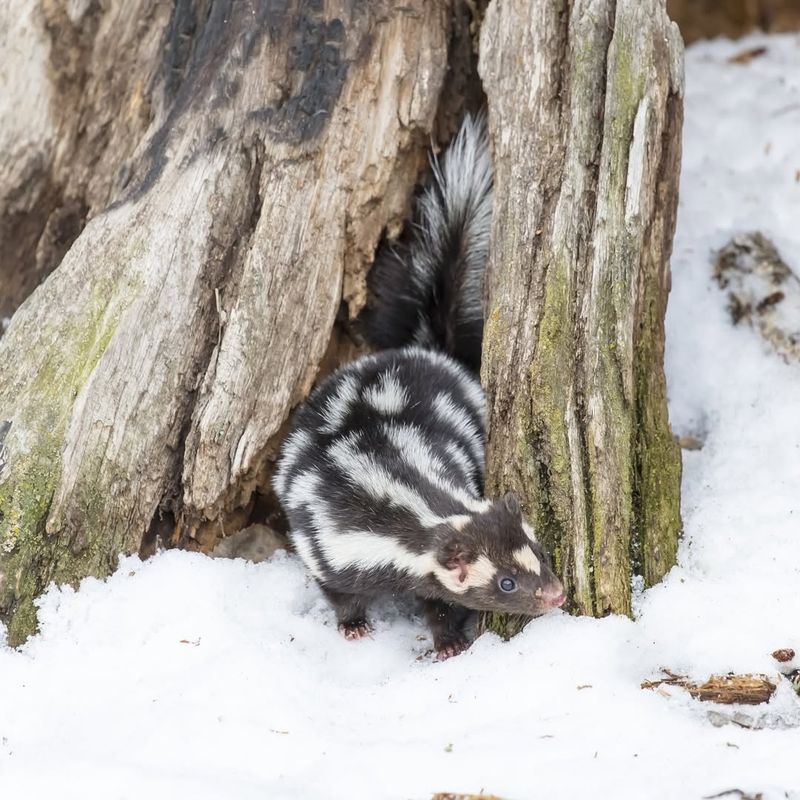
Contrary to popular belief, hibernating animals don’t sleep continuously. They experience periods of torpor, alternating with brief wakefulness.
During these short breaks, animals may move around slightly or even wake up to eat stored food.
This intermittent activity helps maintain muscle tone and allows the creature to adjust its body position. Although it seems like a long nap, hibernation is a dynamic process with its rhythms.
4. How Do Animals Prepare For Hibernation?
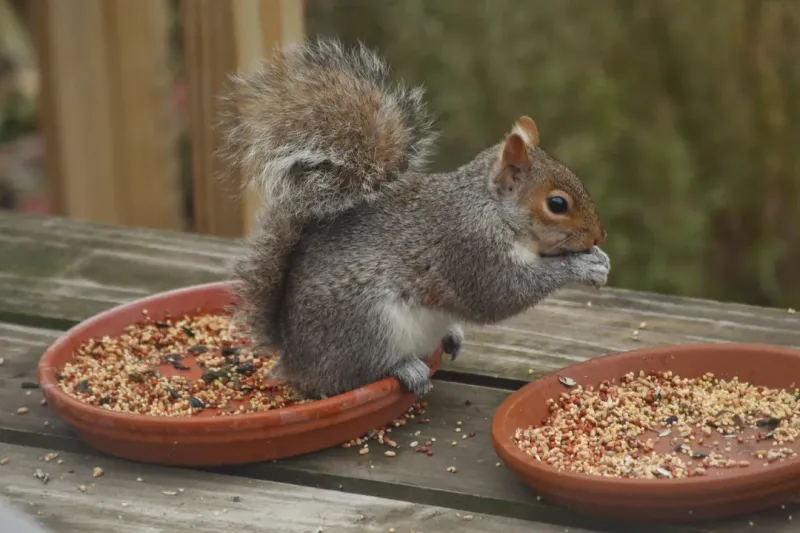
Animals preparing for hibernation resemble shoppers during a holiday sale, gathering and storing food. Squirrels, for instance, become industrious collectors, piling up nuts to last through the winter.
Before settling in, many animals will eat extra food to increase their body fat, providing energy reserves during hibernation. This preparation stage is crucial, as it determines the animal’s survival through the cold months.
It’s a time of bustling activity before the great sleep, showcasing an incredible balance of instinct and preparation.
5. Does Climate Change Affect Hibernation?
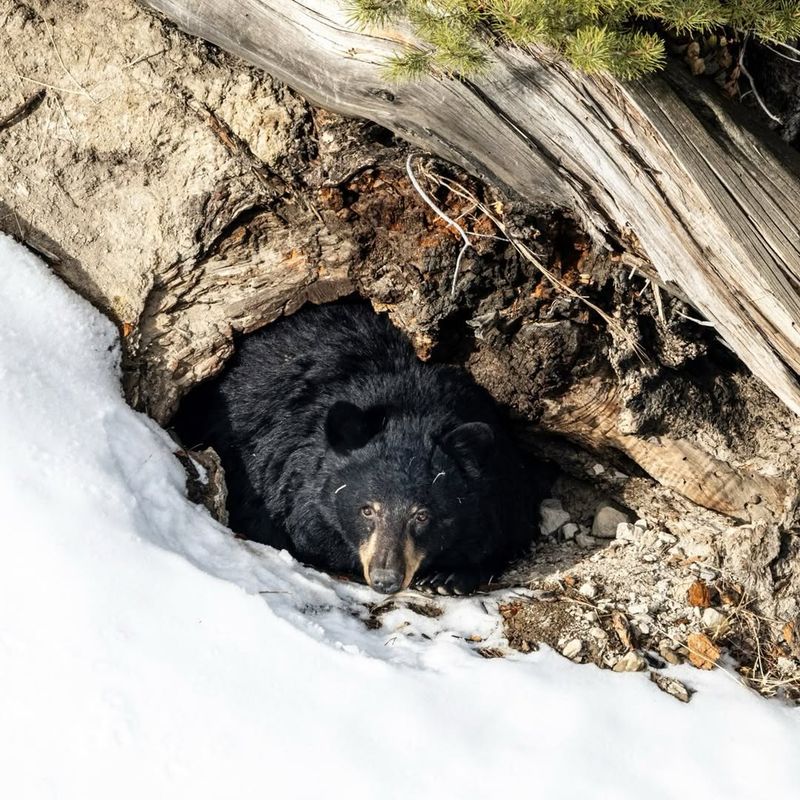
Climate change is rewriting the hibernation script for many animals. Warmer temperatures can disrupt the timing of hibernation, causing animals to wake up too early or too late.
This misalignment can lead to food shortages or increased predation, threatening the survival of these creatures. Some species may even adapt by shortening or abandoning hibernation altogether.
As climate patterns shift, understanding these changes becomes vital for conservation efforts, ensuring these sleepy creatures continue to thrive.
6. Bonus: Heard Of Aestivation? (It’s Like Hibernation – With A Twist!)
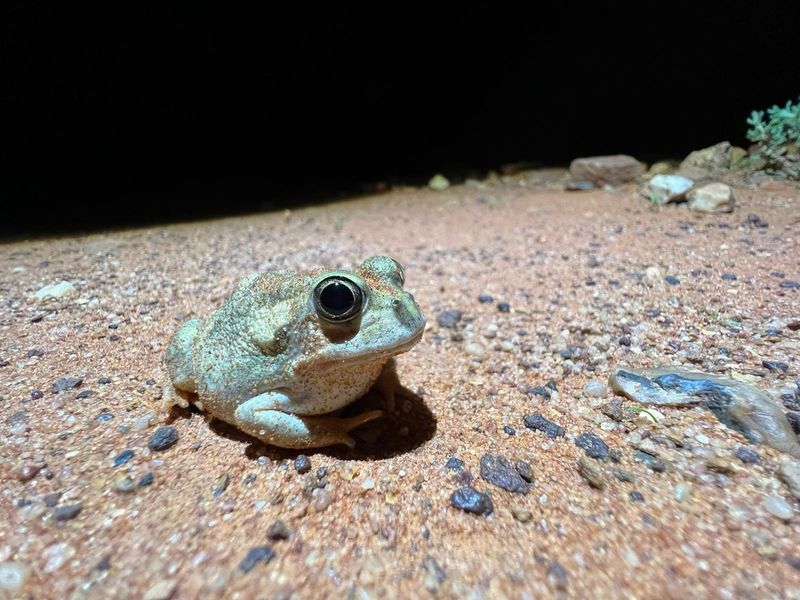
Unlike hibernation, aestivation happens during hot, dry months. This survival tactic is used by animals like snails and certain frogs, who retreat into cool, moist places to avoid heat.
In this state, animals enter a period of dormancy, conserving water and reducing metabolic activity. Aestivating creatures are like the summer vacationers of the wild, escaping the heat in style.
This practice is a fascinating adaptation to challenging environments, showcasing nature’s ingenuity in the face of adversity.
7. How Hibernation Helps Animals Survive Harsh Winters
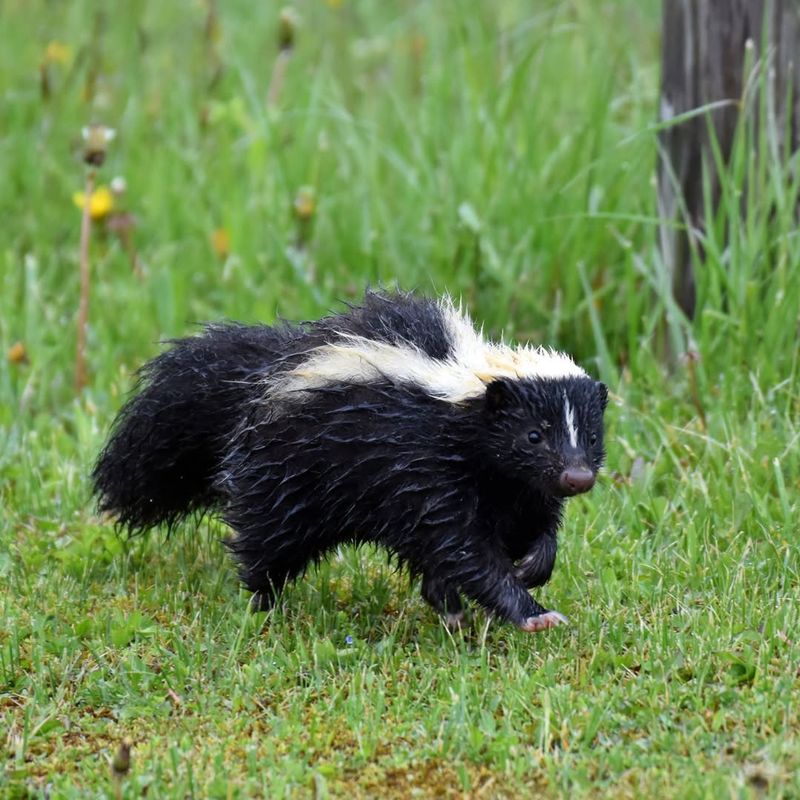
Hibernation is the ultimate survival strategy for enduring harsh winters. By significantly slowing metabolism, animals conserve energy, avoiding the need for constant food hunting.
This state of dormancy allows creatures to withstand extreme cold and scarce resources, emerging in spring ready to thrive. Hibernation is not just about surviving; it’s about thriving again.
These adaptations are a testament to the resilience and brilliance of nature, ensuring life continues even when conditions are challenging.
8. Why Some Animals Hibernate And Others Don’t?
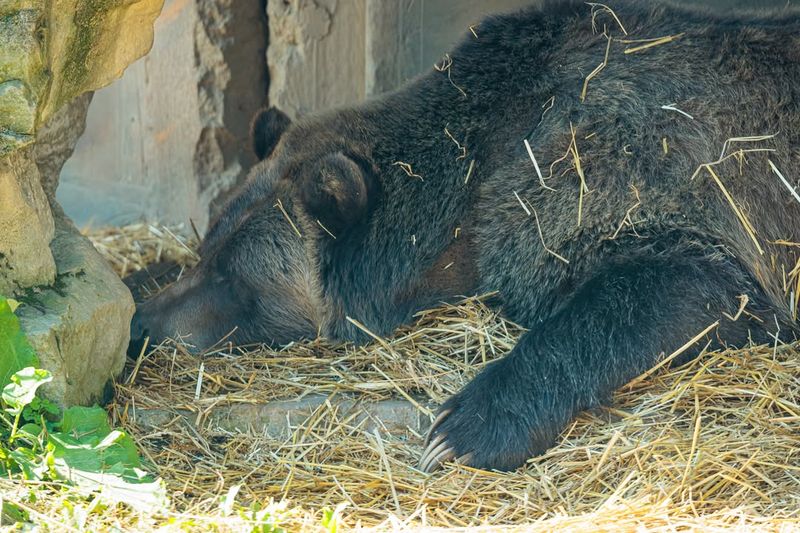
Not all animals choose the hibernation route, and here’s why. Hibernation is energy-intensive, requiring a significant build-up of fat reserves.
Animals that can find enough food throughout the winter, like deer, often don’t hibernate.
Additionally, some species are genetically predisposed to hibernate due to their evolutionary history. For those that do, it’s a gamble that pays off by conserving resources and energy.

